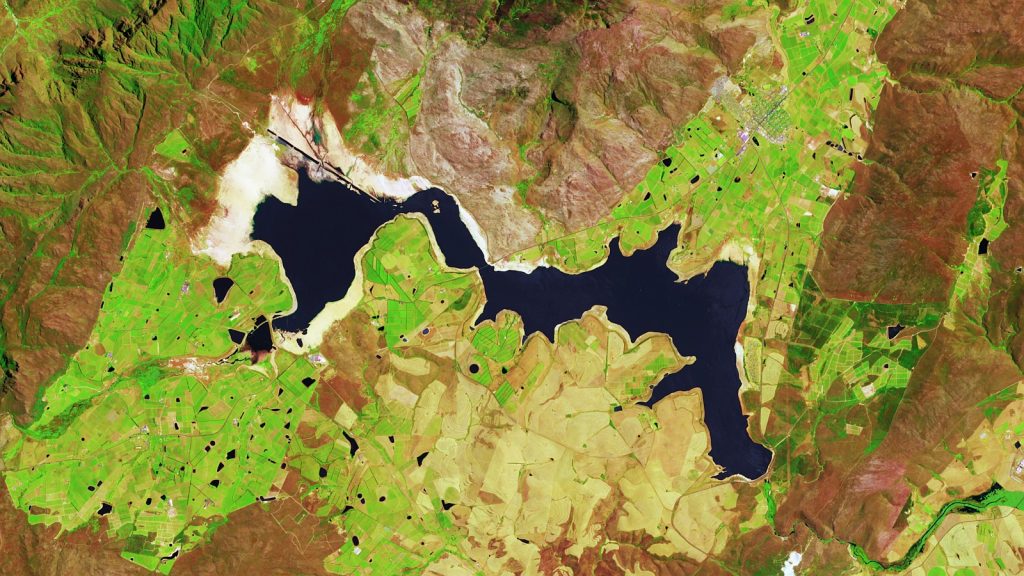July was a particularly fruitful month for Cape Town and its surface water storage system. On the eve of yet another strong cold front, the City of Cape Town has published its final dam report (pdf) for the month.
As of Monday 29 July, total dam levels stand at 72.1%. That’s a huge increase of 8.1% since the last report seven days ago. It’s also an increase of just below 20% since the month started.
No ad to show here.
As a result of the last strong cold front, which brought with it heavy rains and snow in some parts of the country, all six large dams have seen gains this week.
The Berg River Dam and Steenbras Upper Dam both remained above 100% full. In July 2017, these two reservoirs were 41% amd 82.3% respectively.
Dam levels topped 72.1% on Monday, an increase of 19.2% in less than a month
The Theewaterskloof, the largest dam in the system, was just 21.7% full in July 2017. It’s now nearly three times as full two years later.
Take a look at the below table for more granular dam-by-dam updates:
Note, the Berg River Dam started the month below 80% full, but is now practically overflowing.
Cape Town’s water usage also decreased over the past week, with just 513-million litres per day drawn from the City’s six largest dams.
That’s a good thing, as Level 3 water restrictions remain in effect.
Western Cape dam levels
The Western Cape government last updated its dam levels on 22 July, but there’s a similar story to be told.
The Clanwilliam Dam, north of Cape Town, gained nearly 8% in a week.
Worcester’s Brandvlei Dam also increased its levels by 3%, but remains just 32.9% full.
The Garden Route Dam in George stands at 72.8% full, gaining very little week-over-week.
But the Gamka Dam, a reservoir that was practically empty just a few months ago, holds 43% of its designed storage quantity.
Expect dam levels across the province to improve even further as the latest cold front, set affect Cape Town and surrounds on Tuesday, makes its appearance.
Feature image: The Theewaterskloof Dam captured by Copernicus’ Sentinel satellites in 2017, by Sentinel Hub via Flickr (CC BY 2.0)
